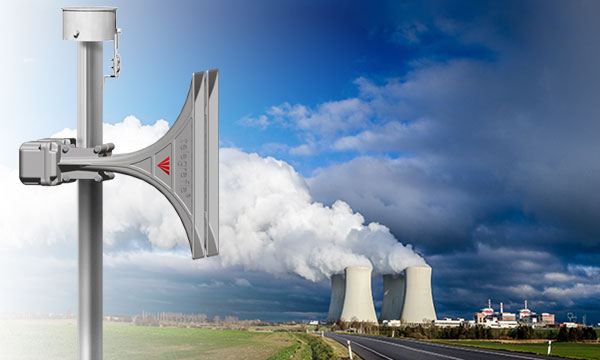
Mass public warning systems
The early mass warning to the general public against natural disasters, terrorist and military attacks, and other man-made disasters is one of the fundamental responsibilities of every modern state. In such situations, it is necessary to ensure that as great a number of people as possible within the endangered area are warned by a sound and sometimes visual warning. The procurement and operation of such warning systems are within the responsibility of specialised government departments. In some countries, the responsibility for the warning of occupants within the endangered area in the event of an industrial accident is transferred directly to industrial plants as their operation or production presents an environmental risk. Therefore, they are obligated either to establish and operate such systems or co-finance the corresponding costs.
Technical requirements for mass public warning systems
The technical requirements for mass public warning systems are governed by legislation in most countries. These requirements are based on the international experience gained in managing emergency situations, which have shown that long-term power and telecommunication infrastructure failures most frequently occur in such situations. However, this is exactly when warning systems must be operable and readily available although they are not actively used in general practice. Modern mass public warning systems which use electronic sirens are the most effective method of covering the endangered area by warning signal. Normally, sound is predominantly transmitted to open areas. Nevertheless, fire safety regulations in most countries require that emergency acoustic systems, such as voice evacuation PA systems, intended to warn the population against fire, are built in the interiors. In order to enhance the effectiveness of the warning signal transmission, the integration of such interior PA and local warning and sound systems is required, regardless their developers or current operators.
Therefore, the main technical requirements of complex warning systems include:
- The absolute reliability and resistance of devices and advanced autodiagnostic function of all key components.
- The power supply backup to all devices and communication infrastructure for a period of 48 to 72 hours following the power failure.
- The communication infrastructure that enables siren control by two independent communication channels, one of them usually being a reserved radio channel.
- The minimal power consumption in standby mode.
- The software for the operator’s supervision of the entire system and automation routine operations in the warning and notification centre after an emergency call.
- The possibility of the integration of warning systems previously built for other purposes, especially those of fire evacuation PA systems.
Solutions of public warning systems:

The article was written by
Zuzana Jacova
Zuzana works at Telegrafia at the marketing department. Her main responsibility is to keep an eye on Google Ads and Facebook. Online marketing is changing all the time, giving her the chance to expand her knowledge constantly and put it into real practice. After work, she relaxes best by going to the gym and watching good films.



